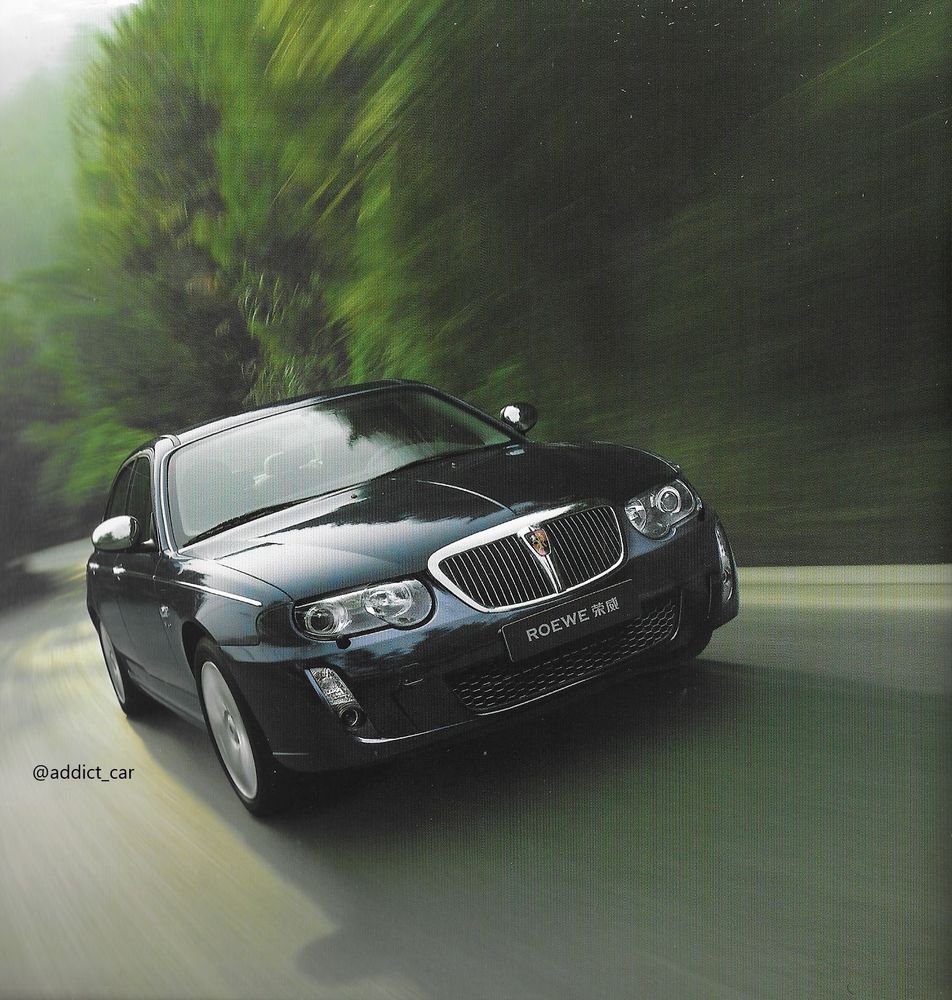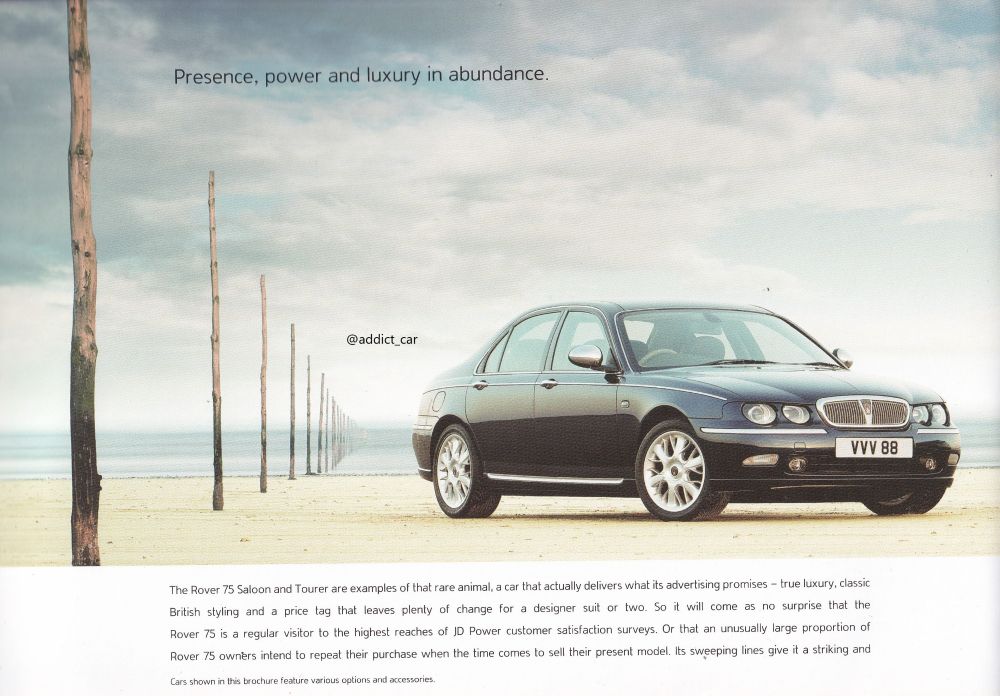Andy
@carbrochureaddict.bsky.social
810 followers
330 following
2.7K posts
Historian and auto enthusiast, posting images of car and van brochures from my personal collection.
Posts
Media
Videos
Starter Packs



















































